65+ Sample Work Reports
-
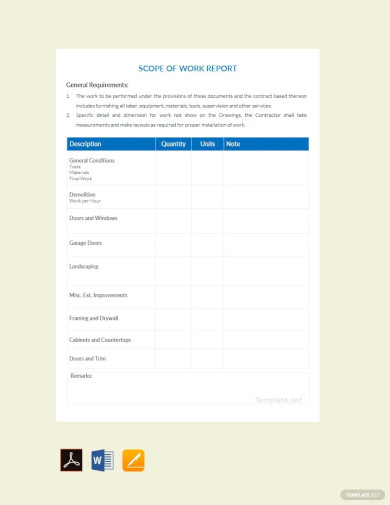
Scope of Work Report Template
download now -

Sample Daily Work Report Template
download now -
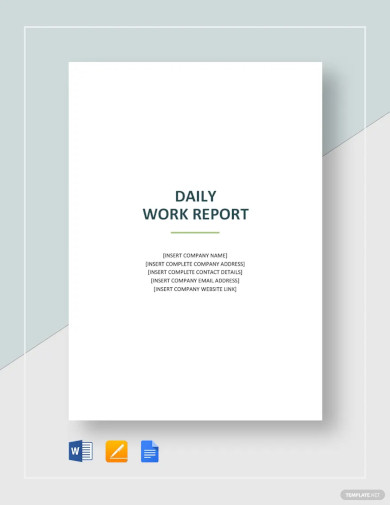
Daily Work Report Template
download now -
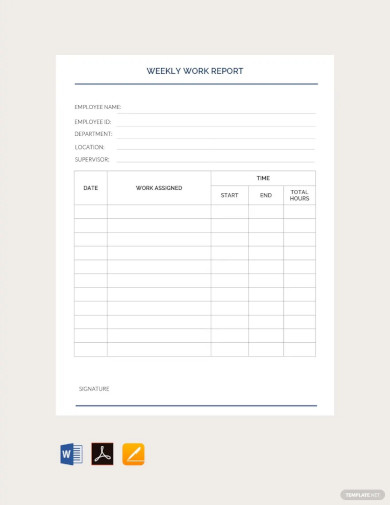
Weekly Work Report Template
download now -
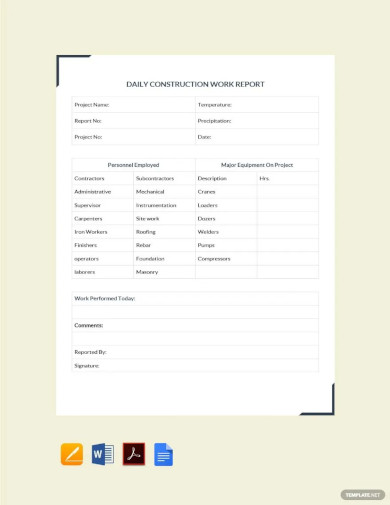
Daily Construction Work Report Template
download now -
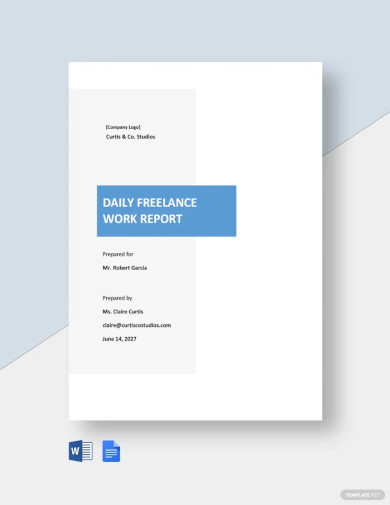
Daily Freelance Work Report Template
download now -
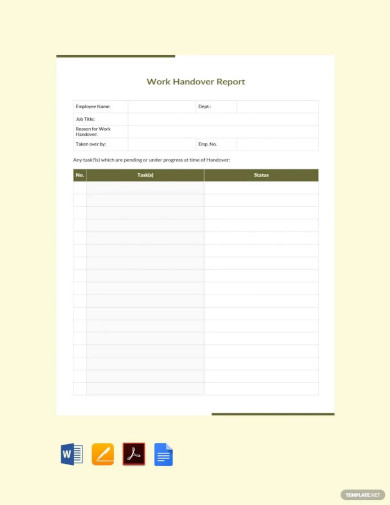
Work Handover Report Template
download now -
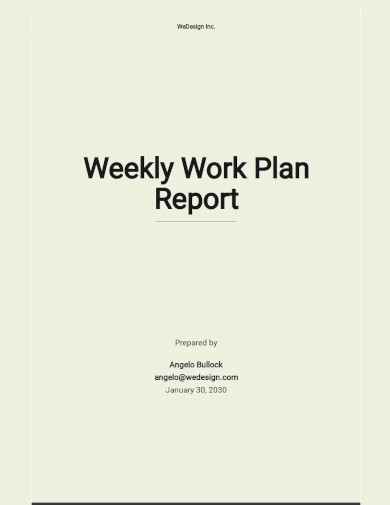
Weekly Work Plan Report Template
download now -
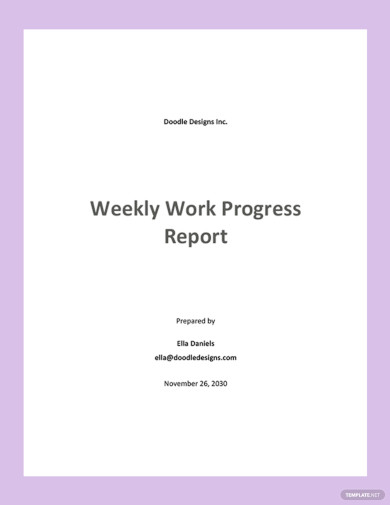
Weekly Work Progress Report Template
download now -

Construction Work Incident Report Template
download now -

Work From Home Report Template
download now -
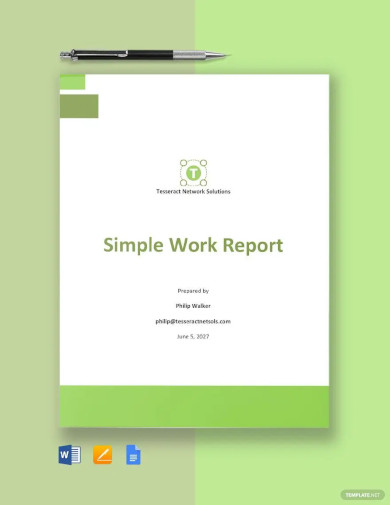
Free Simple Work Report Template
download now -
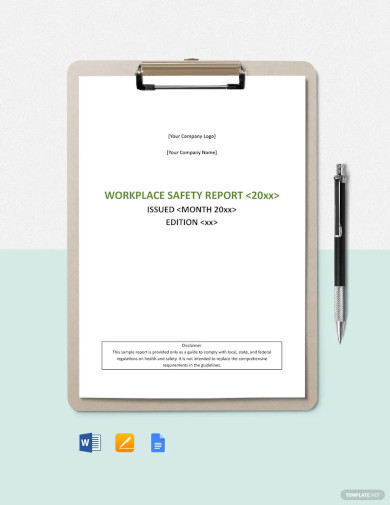
Workplace Safety Report Template
download now -

Sample Work From Home Report Template
download now -
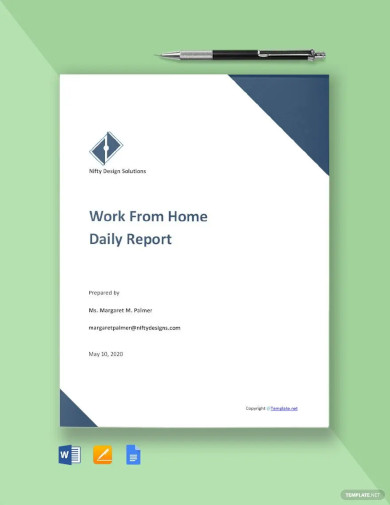
Work From Home Daily Report Template
download now -
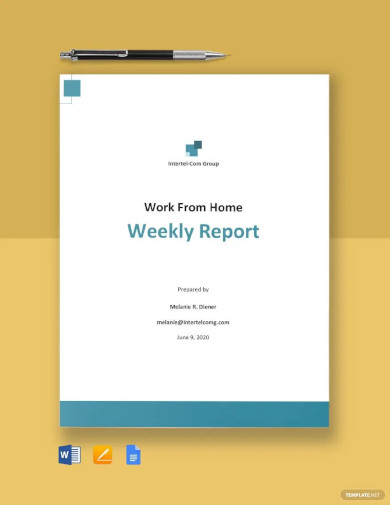
Work From Home Weekly Report Template
download now -
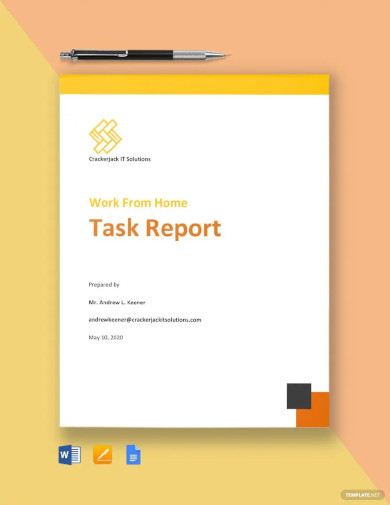
Work From Home Task Report Template
download now -
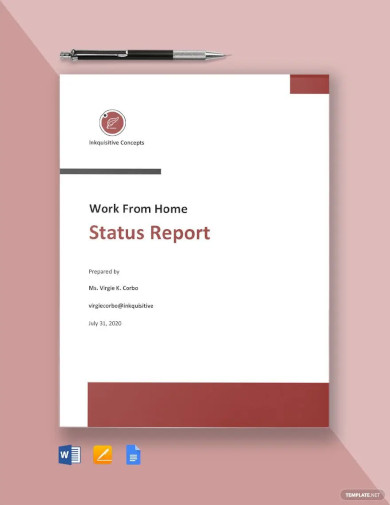
Work From Home Status Report Template
download now -
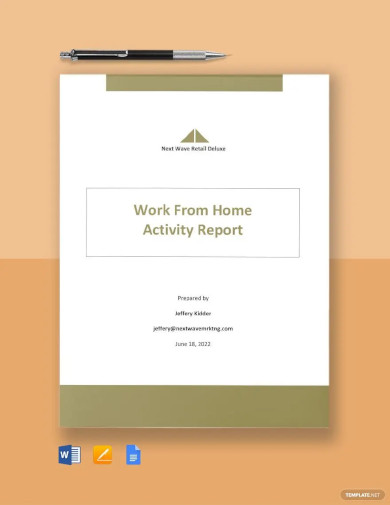
Work From Home Activity Report Template
download now -
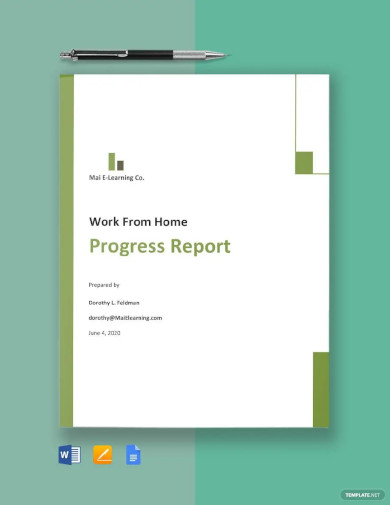
Free Work From Home Progress Report Template
download now -
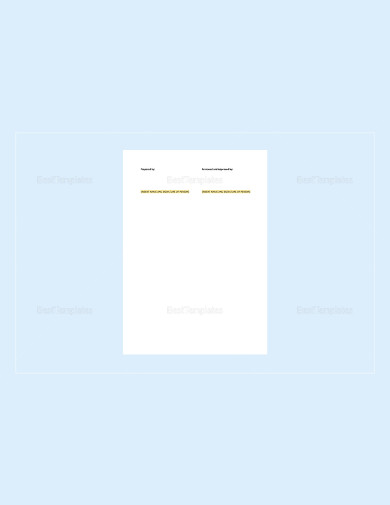
General Daily Work Report Template
download now -
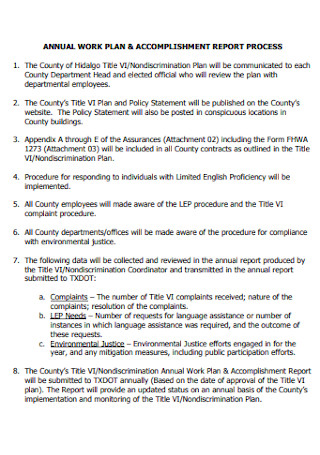
Annual Work Plan Report
download now -
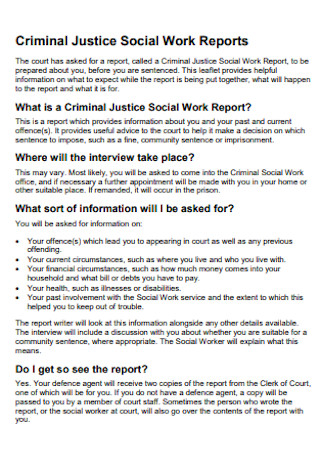
Weekly Work Report
download now -

Construction Work Training Report
download now -
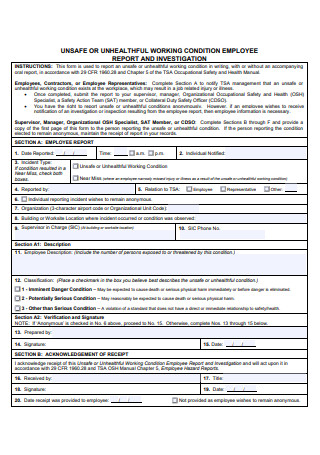
Working Production Investigation Report
download now -
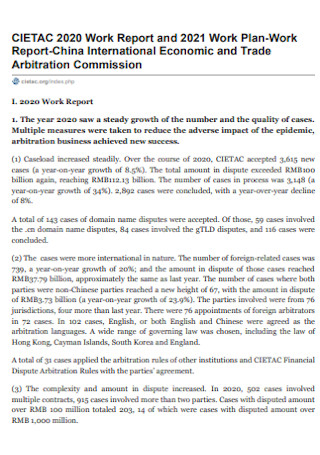
Business Work Plan Report
download now -

Inspector Written Daily Work Report
download now -
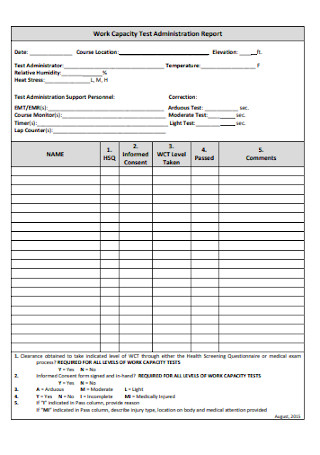
Mail Work Administration Report
download now -

Work Term Field Report Proposal
download now -

Work Report Contractor
download now -
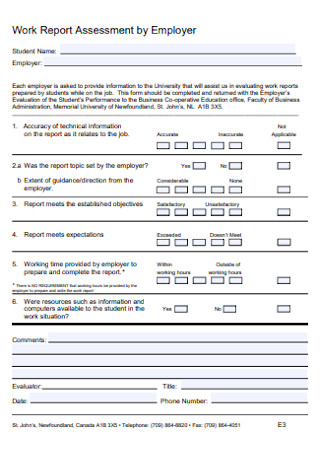
Work Report Site Assessment By Employer
download now -
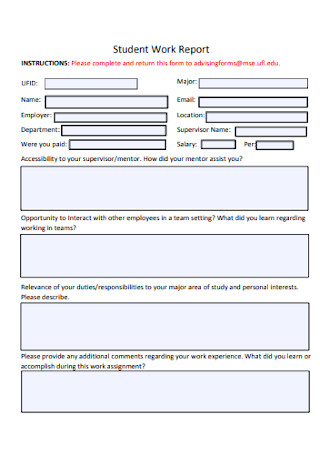
BossWork Report
download now -
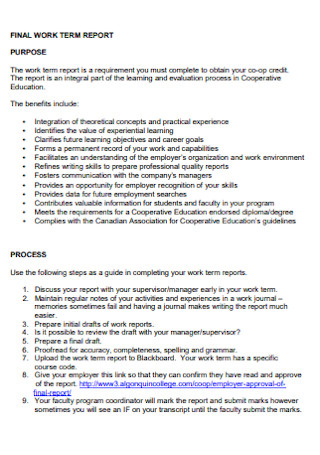
Final Electrical Work Term Report
download now -
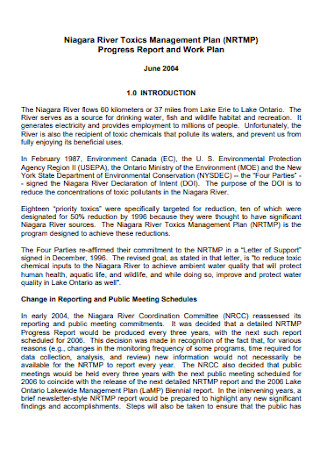
Progress Client Work Report
download now -
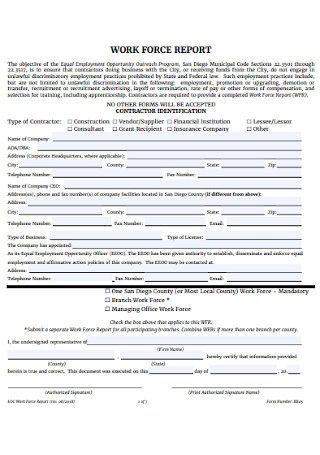
Personal Work Force Report
download now -
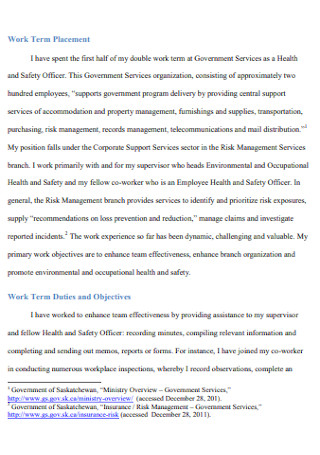
Arts Work Department Report
download now -
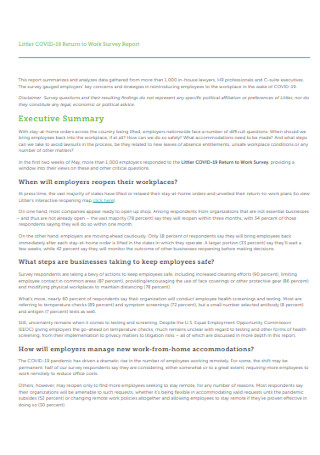
Return to Lab Work Survey Report
download now -
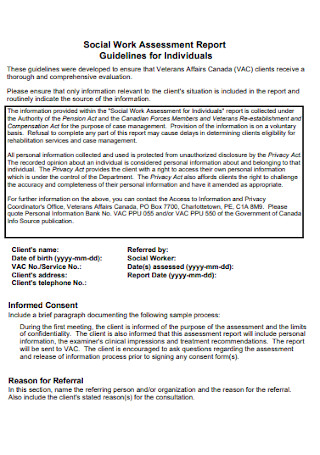
Social Internship Work Assessment Report
download now -

Employee Subcontractor Working Report
download now -
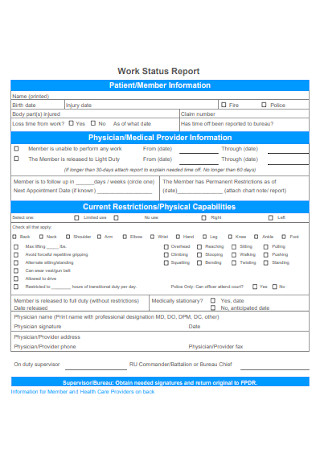
Engineering Work Status Report
download now -
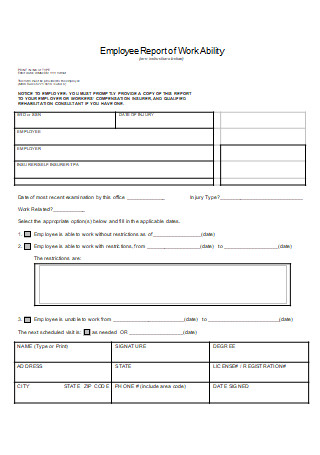
Employee Report of Work Ability
download now -
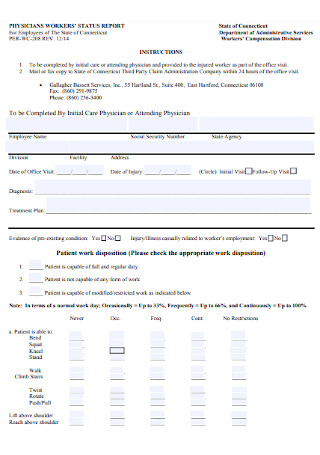
Physician Work Report
download now -
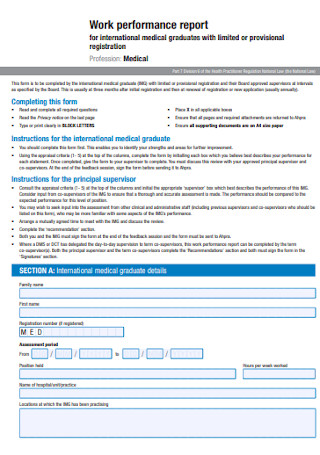
Work Performance Report
download now -
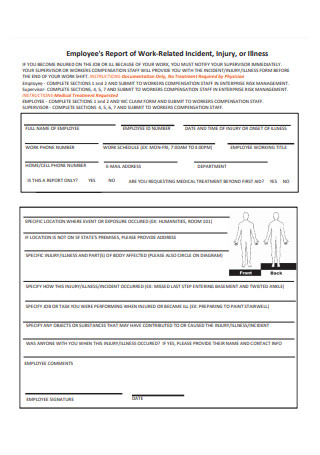
Work Incident Report
download now -
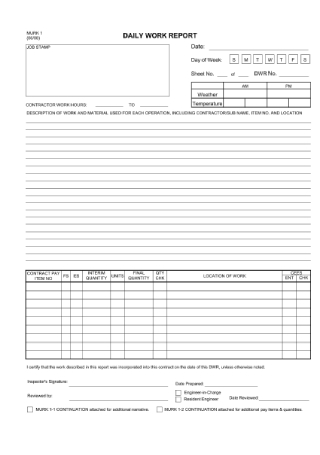
Daily Work Report
download now -
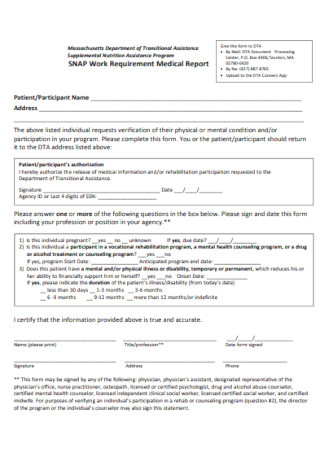
Work Requirement Medical Report
download now -
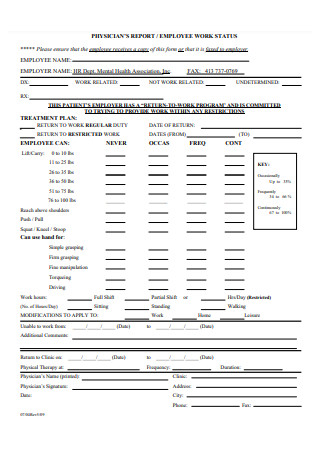
Work Physician Report
download now -

Daily Work Report Template
download now -
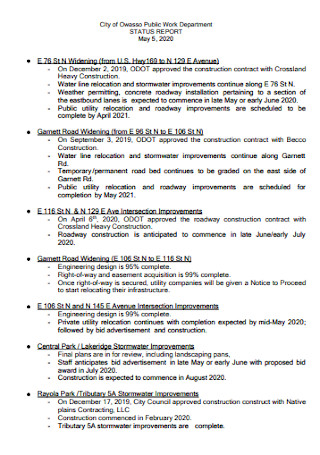
Project Work Status Report
download now -

Compensation Work Status Report
download now -
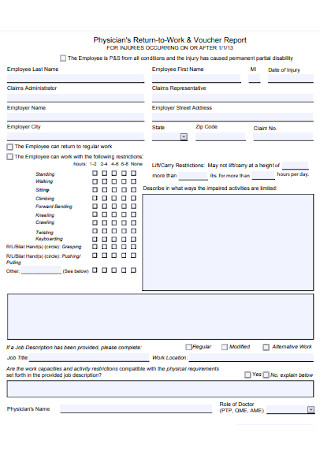
Return to Work and Voucher Report
download now -
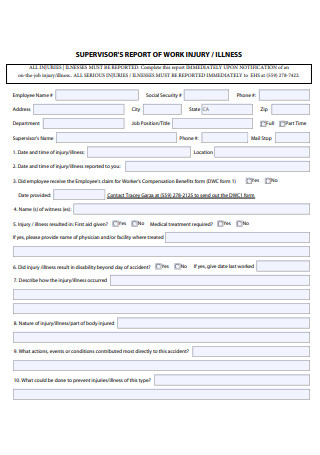
Supervisor Report of Work Injury
download now -
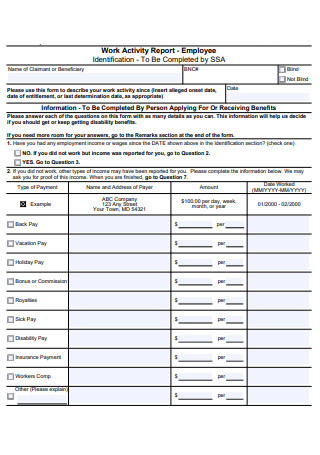
Employee Work Absence Report
download now -

Advisory Fitness for Work Report
download now -
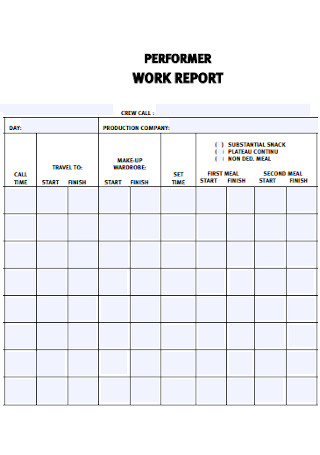
Performer Work Report
download now -
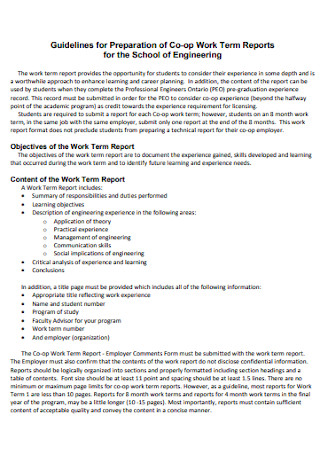
Co-op Work Term Report
download now -
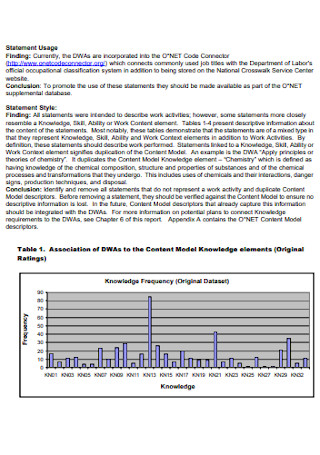
Work Summary Report
download now -
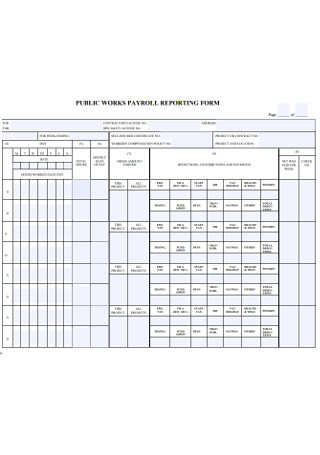
Public Work Payroll Report
download now -
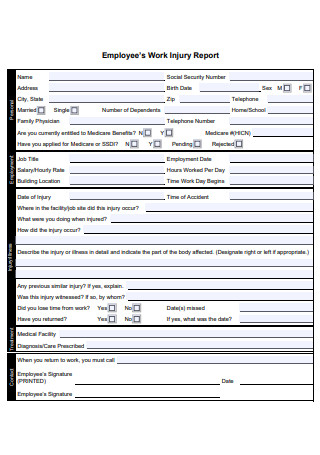
Employee Work Injury Report
download now -
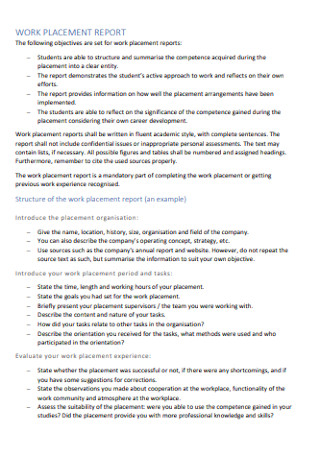
Work Placement Report
download now -

Report of Work Ability
download now -
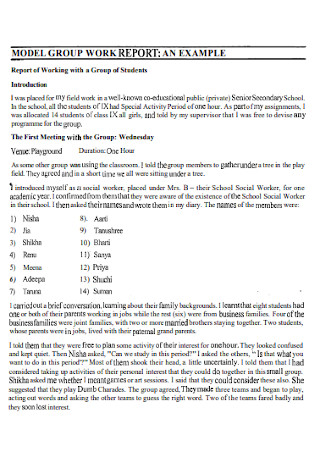
Model Group Work Report
download now -
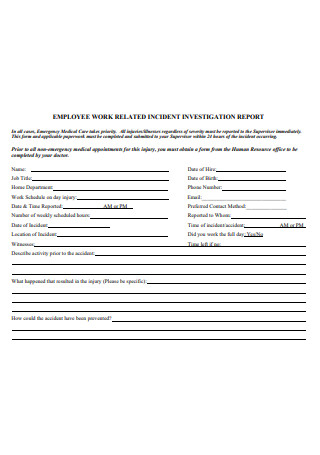
Employee Work Report
download now -
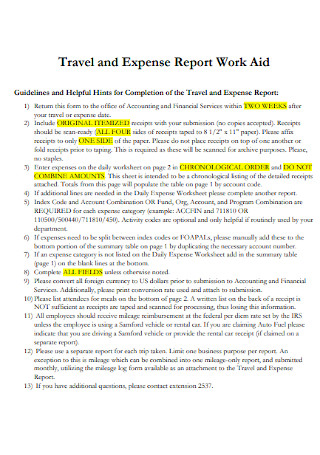
Travel and Expense Report Work Aid
download now -
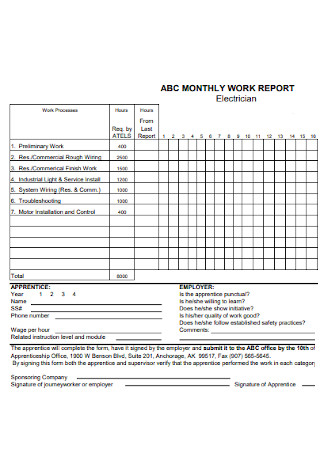
Monthly Work Report
download now -
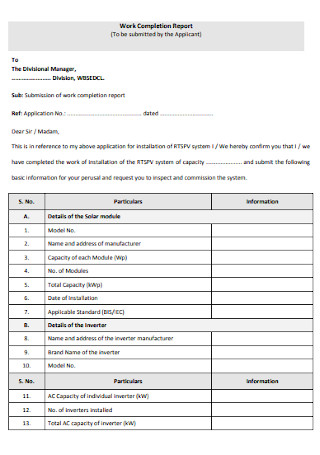
Work Completion Report
download now
FREE Work Report s to Download
65+ Sample Work Reports
What is a Work Report?
Different Types of Work Report
Benefits of Writing a Work Report
Basic Features of a Work Report
How to Write a Work Report
FAQs
What are some examples of work reports?
What is the purpose of a work report?
What are the essential steps in writing a work report?
What is the difference
What is a Work Report?
A work report is a simple and cohesive document that outlines the fundamental activities and tasks conducted by an employee throughout the day, week, month, quarter, year, or any time period mandated by the management of the company or organization. This is a beneficial tool in monitoring the progress of work projects and boosting the work efficiency and productivity rate of employees or workers, especially when it comes to formulating worthwhile decisions for the team or department.
According to a statistical study, feedback and recognition are crucial elements to facilitate employee engagement as 89% of HR leaders considered that ongoing feedback and check-ins are vital for successful results in their businesses. Thus, all kinds of employees, as well as students, business managers and other working professionals in a wide spectrum of fields and sectors should record their work progress and accomplishments through an effective work report. Doing this process will bring their management’s attention to their worthwhile qualities in their work performance.
Different Types of Work Report
As an enabler of economic activity for various individuals, work is the dominant activity of many people’s lives and it has important social functions which brings people together with varying personalities and interests. In this section, you will know and understand more about the different types of work reports because your style and technique of writing a work report is determined by the type of work report you are developing. To assist you, we will explain about the different types of work reports below:
1. Employee Work Report
Do you need to record some specific tasks and activities of your project report or work in your company or organization? An employee work report is a well-structured document that provides a simple and systematic documentation of major activities of an employee throughout a particular time period. It consists of significant information about certain activities to promote work accomplishments. Commonly, an employee work report is submitted on a weekly, monthly, quarterly, or yearly basis.
2. Arts Work Term Report
If you are one of the students in an arts co-operative education, you need to do three work terms and you are able to gain several months of supervised work experience and valuable transferable skills. An arts work term report is essential so that you and your supervisor are informed on how your work term is progressing. Additionally, you can review the work term report after your supervisor has completed your performance evaluation.
3. Work Performance Report
The McKinsey Global Institute reported that productivity improves by 20-25% in various organizations with connected employees. While a study about employee productivity and job performance shows that 8% of the employees are more productive and 6x more likely to be engaged in their respective work as they exercise their strengths on a daily basis. Thus, creating a simple and organized work performance report is necessary to keep track of the work performance of employees and elevate their talent and efficiency.
4. Workplace Incident Report
Imriyas Kamardeen wrote in Preventing Workplace Incidents in Construction: Data Mining and Analytics that one of the most vulnerable sectors for the workplace is the construction industry. Also, there is a report which showed 417 construction workers were killed due to work injuries over the 12-year period from 2002-2003 to 2013-2014 (2.24 fatalities per 100,000 workers). Then, 12% of all work-related fatalities are accounted for in the construction industry despite employing only 9% of the national workforce. A simple workplace incident report is beneficial when it comes to documenting unexpected incidents and emergencies that may occur in the workplace.
5. Daily Work Report
Also known as end of day report, a daily work report is basically used by different kinds of employees in various fields, sectors, and industries. It is a quick and effective method to assure that every employee in the business firm or organization stays on the same page. It simply documents the accomplishment reports of an employee at work on a daily basis. Every immediate head and operations manager should maintain the work reports of their employees to lead them in their tasks and overall job accordingly.
Benefits of Writing a Work Report
Peter Drucker, a management consultant, said: “Efficiency is doing things right. Effectiveness is doing the right things.” When it comes to doing things in the proper way and doing the appropriate things in your work, writing a work report is both an efficient and effective method to acquire job satisfaction and success. So, what are the notable benefits of writing a simple and concise work report aside from being efficient and effective? Below are some of the benefits of writing a work report:
1. Measure and Evaluate Work Performance
Using a work report can greatly assist many employees along with their immediate heads, operations managers, HR manager, and other key individuals in the company or organization to measure and evaluate their work performance and facilitate higher levels of work performance. Some other ways in measuring and evaluating their performance data are graphic rating scales, self-evaluation, 360-degree feedback, management by objectives (MBO), and checklists.
2. Determine Strengths, and Weaknesses
One of the core topics of work assessment is determining strengths and weaknesses. This is crucial in career and development assessments so that both managers and employees gain a clear picture of the specific areas they could improve on and the talents they could showcase. So, using a work report will allow the management to know about the specific strengths, and weaknesses of their employees. Getting a clear insight about these characteristics may guide the company or organization to implement effective strategies and techniques required for the further improvement of the employee’s work performance.
3. Build Up Work Reputation
Maintaining a work report is helpful in building up work reputation, as well as proving the worth and credibility of a person when it comes to finishing the tasks, activities, and other aspects in the company accurately. So, continue to build up the work reputation of an employee through writing a simple and well-defined work report. With this, it allows employees to reap worthwhile rewards.
Basic Features of a Work Report
In this section, you will learn how to construct a remarkably written and well-designed work report. However, a work report has different features. Include the following elements for you to create an organized document:
How to Write a Work Report
Nowadays, many employees and other professionals in companies and organizations structure their own work reports in eclectic forms and layouts. Writing a work report is an effective way to carefully monitor and manage the crucial elements of the company or organization and other ongoing work projects that will be completed. Below are some easy-to-follow tips that indicate how to design and create a professional work report:
Step 1: Find the Appropriate Template and Follow Instructions
Take some sufficient time finding the appropriate template of work reports for you and other employees in the company or organization. It doesn’t need to have a complex and over-the-top design. Look for some inspiration in some digital design platforms like our website that offers multiple kinds of reports, forms, and other documents for business professionals and other people. Also, always remember to follow the instructions of your management accordingly when it comes to writing your work report.
Step 2: Plan the Structure of the Report
Consider planning the entire structure of the work report based on the standards of your company or organization’s management. This will guide you in writing the fundamental information and help your team leader and manager to understand the things you placed in the document. Ensure that any design elements and colors that you applied in the report are positioned nicely.
Step 3: Construct a Summary of the Accomplished Tasks and Activities
Observe the specific tasks and activities that you have accomplished in a specific period of time. List down all of them as you construct a summary. Then, develop a simple and clear timeline of the tasks and activities already done in the business or project throughout a certain period. Include the specific time, day, and date, as well as other necessary details.
Step 4: Write with Conciseness and Accuracy
To maintain efficiency in your usage of words, avoid repetition of common points several times in your work report. So, keep it more concise. If you need to include some numerical figures in the work report, be sure that the numbers are accurate and correspond with the task entrusted to you at work.
Step 5: Proofread and Revise the Overall Report
Check your overall work report and read it aloud. Be sure to fully include all the crucial aspects that the management of your company or organization needs. If you notice that you overlook some sections that require more points, we recommend that you proofread and revise the document right away.
Step 6: Prepare the Final Work Report
After the proofreading and revision process, you can now prepare the final work report. Include some notes and other key messages you want to inform the management on the ending part of your document. Skim your report for final evaluation and quality check.
FAQs
What are some examples of work reports?
Some examples of work reports are annual work plan report, working investigation report, inspector daily work report, work administration report, student work report, final work term report, progress work report, arts work term report, social work assessment report, work performance report, work incident report, daily work report, employee work report, work accomplishment report, and more.
What is the purpose of a work report?
The purpose of a work report is to explain a certain topic based on a specific aspect of one’s job. It also illustrates the growth and work accomplishments of an employee through indicating certain tasks, activities, and other project completions in a given time period, as well as measuring the overall work performance in the business firm or organization.
What are the essential steps in writing a work report?
Start your employee work report by writing a summary or overview section of the accomplished tasks, activities and other project or work completions performed by an employee for the company or organization. Then, write the major details of the summary. Develop a simple timetable to list down all the work and project accomplishments. Construct some charts, bar graphs, tables, and other visual diagrams to present the growth and development of the assigned work or project consciously.
What is the difference between a work report and a productivity report?
A work report is a document which defines accomplished tasks and activities of an employee in the company or organization. On the other hand, a productivity report is a document that demonstrates a clear analysis of productivity over a specific period of time according to the collected data from several metrics, guiding the executives and managers in gaining a wide perspective of employee productivity.
Regardless of what your team or department does, it has a worthwhile purpose in society. Continually work your best in improving yourself within the organization and your community. Therefore, writing a clear and well-structured work report for your company or organization is a valuable method when it comes to measuring and evaluating work performance, determining strengths and weaknesses, building up work reputation, especially in promoting efficiency and productivity at work. Plus, it allows everyone to acknowledge their work progress and receive positive feedback and recognition. So, here are some of our downloadable and printable work report samples available in different kinds of formats. Simply click the work report templates in this article and start downloading now!
